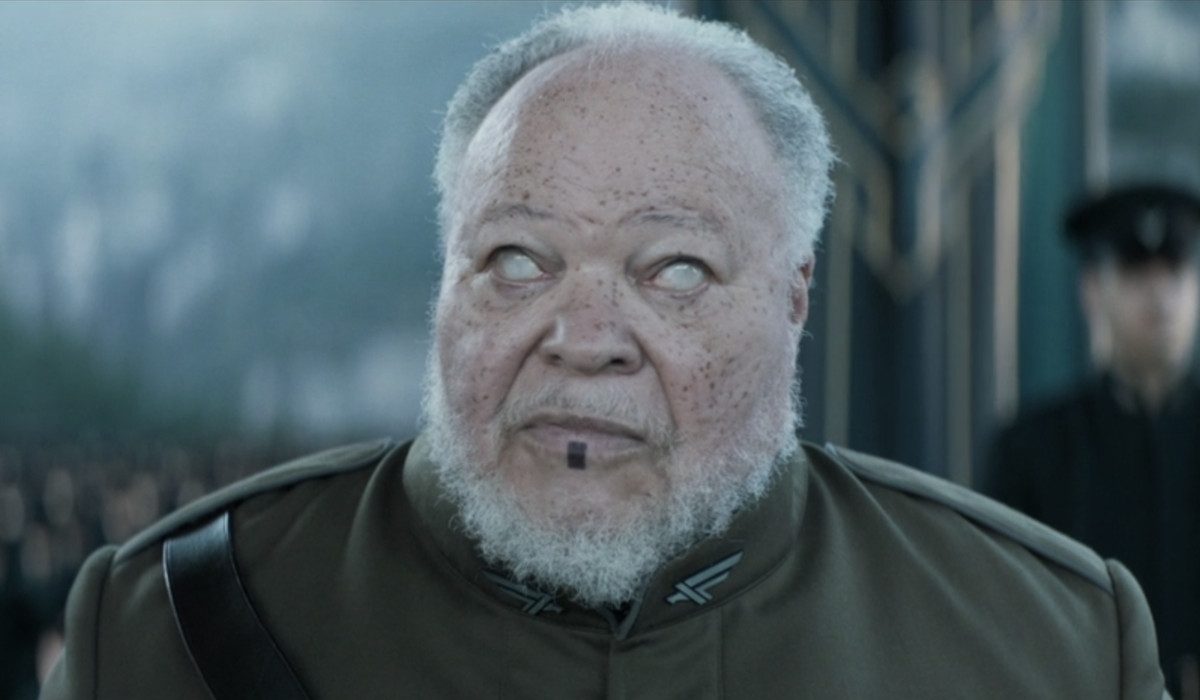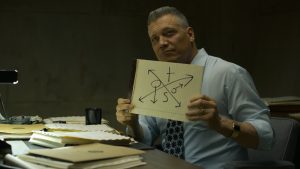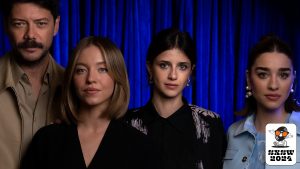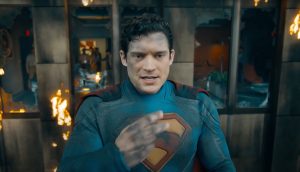
This Dune article contains spoilers.
Broadly speaking, Dune: Part One and Dune: Part Two represent the best adaptation ever of the first Dune book. But this isn’t to say that these films are the most faithful versions of Frank Herbert’s sci-fi masterpiece. Back in 2021, director Denis Villeneuve told Den of Geek, “I had to condense some ideas to tell the story in the most eloquent way possible so that it will be understood by everybody…When you adapt it’s an act of vandalism. You will change things.”
This means that while Dune: Part Two is true to the spirit of Herbert’s immortal novel, there are some noticeable omissions. While some characters are given the limelight, others don’t make it to the screen at all. Surprisingly, when you dig in a bit, this makes Dune: Part Two a slightly more radical departure from the text than its predecessor.
Here are five characters from the novel Dune who are missing from the events of Dune: Part Two, and why their absence is noticeable, at least when you start looking for them!
Harra
In the book, after Paul defeats Jamis, he learns that not only has he won the respect of the Fremen, he’s also won Jamis’ wife, Harra. Upon arriving at Sietch Tabr, Paul is told that Harra and Jamis’ two sons are now for Paul to take care of. At least until he decides he doesn’t want them.
Dune: Part Two picks up basically right after the death of Jamis, but at no point is it ever revealed that Jamis had a wife. In fairness, Harra doesn’t impact the plot too much, but, she is an example of a Fremen who both honors her people’s rules and is also a bit suspicious of Paul. Because the movie makes a clear distinction between Fremen who believe in old superstitions and those who don’t, someone like Harra, who isn’t extreme in any direction, could have been an interesting addition to the cast.
Count Fenring
In Dune: Part Two, Léa Seydoux brilliantly plays Lady Margot Fenring, a Bene Gesserit who seduces Austin Butler’s Feyd-Rautha as part of a larger plan. This represents the first time Lady Margot has ever been in a Dune adaptation, which is a huge cause for celebration. Her shifty husband, Count Fenring is nowhere in sight, however. Did this version of Dune need Count Fenring? Perhaps not. But, in the book, Count Fenring represents two major plot points which the new movie also deals with: The Bene Gesserit breeding program and Paul’s prescience. In the book, Fenring is a kind of dead-end with the Bene Gesserit program, mostly because he’s sterile and unable to continue a bloodline. (This is part of the reason why Lady Fenring seduces Feyd.)
Later in the Dune series, the notion that human beings need to hide themselves from prescience is a huge deal. Count Fenring is the first major Dune character to be invisible to Paul’s visions. Perhaps he’ll pop up in a potential Dune 3?
Thufir Hawat
In Dune: Part One, the Mentat Thufir Hawat was played by Stephen McKinley Henderson. But in Dune: Part Two, he’s nowhere in sight. The audience has to assume that this integral member of House Atreides was killed in the Harkonnen invasion. But, in the book, Thufir is captured by the Harkonnens and forced to work for them. This plot point creates a ton of intrigue, as the Thufir from the book plays both sides against each other, and occasionally feeds the Harkonnens false information.
With so many plot points happening at once, it makes a bit of sense that Thufir couldn’t fit into the tapestry of Dune: Part Two. But, because he was such a big part of House Atreides, it’s still a little sad not to see him, even for an instant as a new duke takes the throne of their great house.
Alia Atreides as a Child
Wait a minute! Isn’t Alia in this movie? Well, yes, technically, Jessica speaks to the unborn Alia throughout the movie, and Anya Taylor-Joy appears as an adult Alia in Paul’s future-tense Water of Life vision.
However, in terms of screen time, Alia is not really a character in Dune: Part Two, and her name isn’t even spoken. Furthermore, we only hear Alia’s voice once in the present tense, at the very end of the movie when she says, “What is happening, mother?” So, relative to her presence in the last third of the book version of Dune, Alia is pretty much not in this story. The film never even shows her birth.
Why does this matter? Well, in the book, Alia’s birth is a big deal, mostly because she’s born with all the memories of her ancestors, and is thus, fully aware. Because two years pass within the book, Alia resembles a toddler in the final pages of Dune, even though she has the wisdom and knowledge of millions of people. This makes her like the creepy (but awesome) Baby Yoda of Dune and one of the quirkier ideas Herbert came up with. Famously, in the novel, it is Alia, a two-year-old child, who slays the hated Baron Harkonnen. But in the film, it’s Paul who does the deed.
Alia’s inherent weirdness is missed in Dune: Part Two. Although the movie makes her presence and influence deeply felt, for some fans, it feels like a bit of a cop-out to not let the strangest, most haunting character in Dune get to do some of the things she does in the book. That said, with Taylor-Joy already cast as the older Alia, it seems safe to assume that she will play a much bigger role in Villeneuve’s adaptation of Dune Messiah.
Dune: Part Two is out in theaters now.
The post Dune 2: The Missing Book Characters Cut From the Movie appeared first on Den of Geek.






